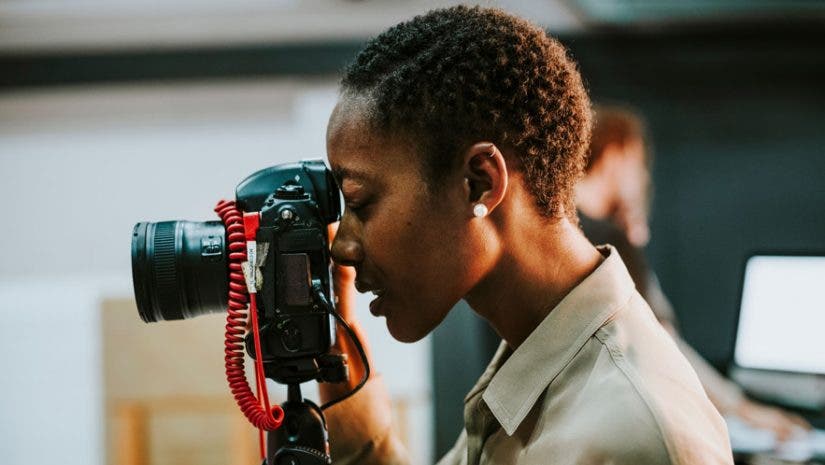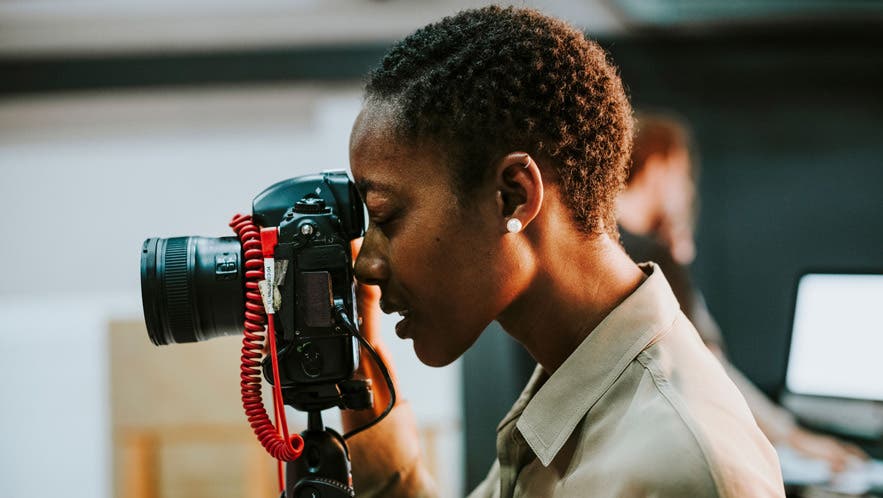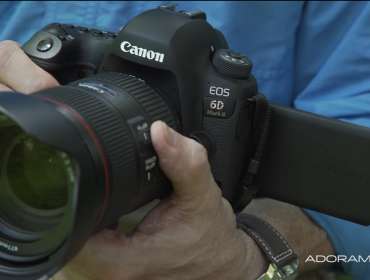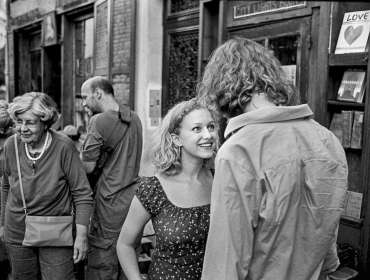People take pictures with their cameras all the time, but not everyone can call themselves a “photographer.” It usually takes a new level of interest for any shooter to want to get into photography and make it a hobby or a career. At the same time, potential expenses and the vast amount of information that you’ll need to acquire can be overwhelming for any aspiring photographer, or anyone embarking upon a beginner photography career.
Is photography hard to learn?
So what’s the first step to take? Any photographer will tell you that there’s no single road to get into photography or to learn how to make money with photography. There are, in fact, many ways that you can kickstart your amateur photography journey.
An important lesson for beginner photographers is that you won’t become an expert overnight — and that’s okay! Gradually expanding your photographic knowledge gives you plenty of time to develop specific interests and skills in different kinds of photography.
On your journey to becoming a great photographer, focus first on learning your digital camera’s settings and experimenting with different photography gear like lenses, tripods, and other accessories.
Spend time playing with image composition and exploring different lighting conditions and photography techniques.
You’ll eventually be ready to take your photography to the next level and try more advanced photography skills like the rule of thirds and the golden ratio. But it will take time to advance to those more granular disciplines.
To help you on your journey toward taking great photos, here’s a list of useful tips and techniques to explore. Try to avoid feeling overwhelmed. Just take it one step at a time and advance when you feel ready.
Don’t worry, it’s pretty easy. And no matter which tip you start off with, as long as you support your drive to grow in the field, your passion and interest will definitely take you places.
Want to get started in photography? Here are some of our tips:
- Find your inspiration
- Get a good camera
- Learn about famous photographers
- Experiment with different types of photography
- Compose carefully
- Go manual
- Attend a workshop
- Learn how to “read” light
- Get active
- Take your time
- Expand your gear
- Find a mentor
- Try a photography challenge
- Join or take an online course
- Learn photo editing
- Back up and organize your photos
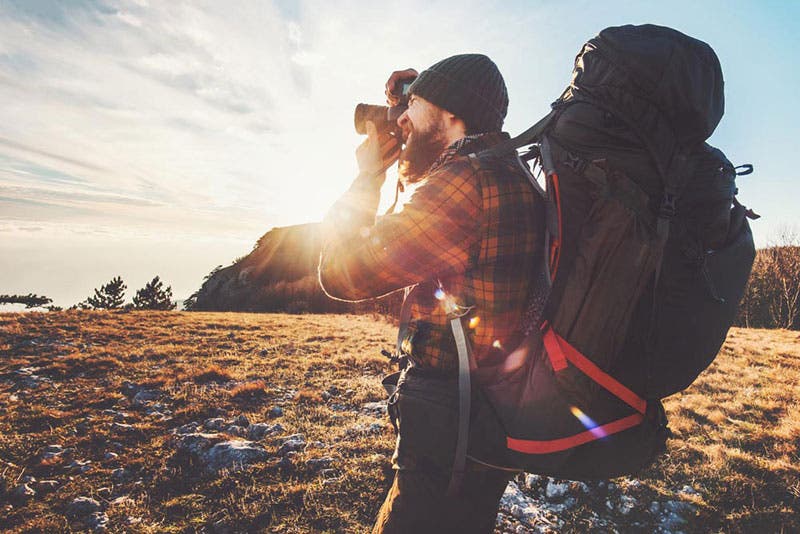
1. Find your inspiration
Do you find yourself taking portraits the most? Do you fancy abstract imagery or stunning landscapes? Perhaps you would like to get into event photography? Or do you simply want to capture every moment and object that catches your eye? Whatever it is that made you want to get into photography, hang on to it and use it as your inspiration to grow and follow your newfound passion.
A good way to find your inspiration is to figure out what you already like to do. If you love traveling, you can start by being a travel photographer. Similarly, if you’re into sports, you can try action and sports photography. Feel free to try out different types of photography that may interest you!
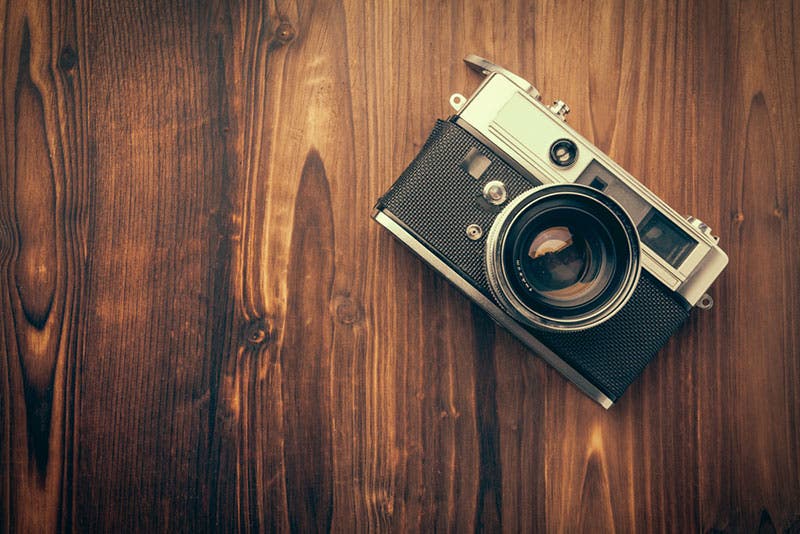
2. Get a good camera
Once you’ve got a pretty good idea of what you want your subject to be, the only other thing you really need to start taking those amazing stills is a good camera. Today’s amateur photographers are lucky to have a wide variety of cameras that they can get their hands on. Just a few years ago, there was a significant gap between compact point-and-shoot cameras and more professional DSLR cameras in terms of image capability and price. Anybody who’s just learning photography now can purchase budget mid-pro mirrorless cameras that are not only very lightweight but also highly capable of delivering professional, magazine-quality images. But whatever you choose, it’s important that you learn how to use your camera, and that it fits your preferred type of photography.
As they say, the best camera is the one that you have with you.
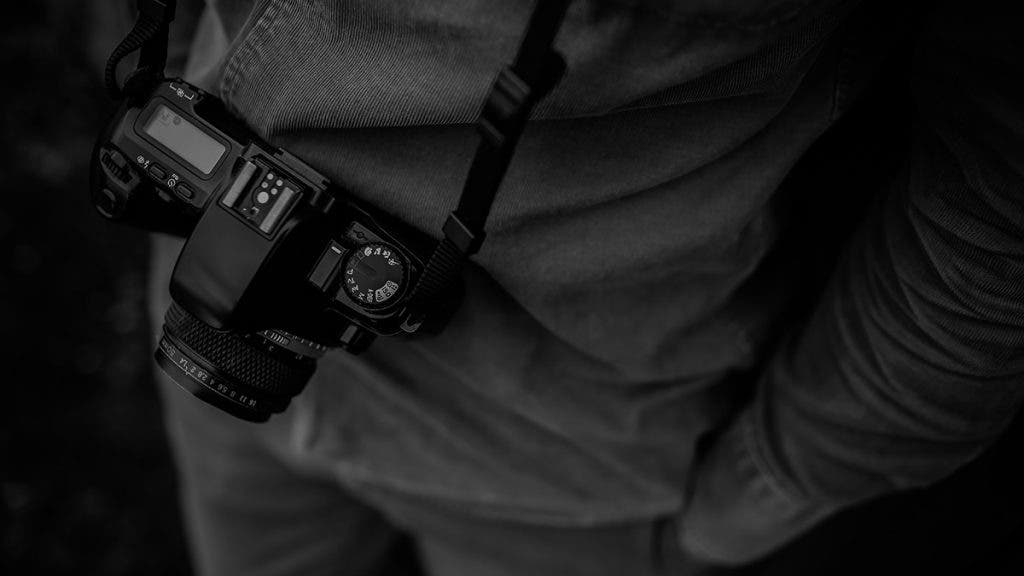
3. Learn about famous photographers
While you can explore social media apps like Pinterest or Instagram to find photographs that inspire you, it’s important to learn about established photographers of past eras.
Even if you’re interested in digital photography, studying classic film photographers like Ansel Adams can teach you a lot about composition for landscape photography. If you’re more into portrait photography, then check out the work of photographers like Diane Arbus, Vivian Maier, and Richard Avedon.
As you learn about famous photographers of the past and present, try to view as many of their images as possible. Ask yourself which ones speak to you and why. As you consume more photography, you’ll become more well versed in techniques and artistic style. This will help you develop your own interests and ways of looking at the world.
Compile a collection of photographs that you love, and you’ll form a deeper understanding of photography and its potential in your life.
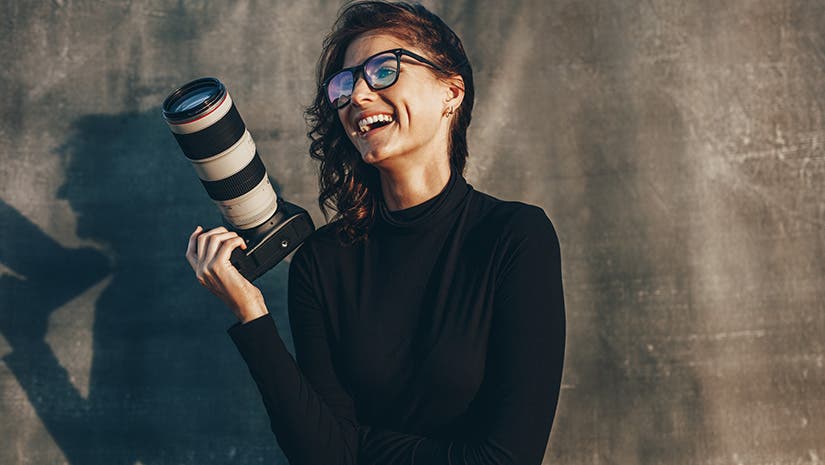
4. Experiment with different types of photography
You may have decided to try photography with a certain subject matter in mind, but your interests may shift with more experience. Even if your photographic journey began with a desire to take better photos of your family, you just may discover that nature photography or macro photography grab hold of your attention.
Give yourself open-ended assignments as you develop your photography skills, so you can begin to think outside the box. For example, take a concept like “happiness” or “wonder” and try to photograph it through different types of photography.
Depicting happiness in portrait photography probably feels more straightforward than capturing happiness in a landscape photograph or a street photograph but see what you can come up with to stretch your creative muscles.
By turning your camera lens toward different subjects, you’ll solidify composition techniques, begin to master settings like shutter speed and aperture, and gradually develop a portfolio that you can be proud of.

5. Compose carefully
In photography, it’s obviously always quality over quantity. Taking hundreds of pictures won’t make a photographer, especially if the shots are not well thought of. Before holding the camera up near your face and clicking the shutter, take a few seconds to study the scene, properly focus on your subject, and carefully frame your shot. Don’t just take photos of everything—as professionals say it, K.I.S.S. (Keep It Simple, Stupid). A simple tilt or movement of the camera to the right is capable of adding a story and appeal to a photo, so use that viewfinder well. Follow photography composition basics with care and you’ll soon find the best scene to capture.

6. Go manual
Speaking of getting to know your camera, you really ought to make the most out of those hard-earned bucks you spent by getting over your fear of the unknown and going full manual. You may need to spend or invest a lot of time to better understand camera functions and features, especially the exposure triangle—namely Aperture, Shutter Speed, and ISO—but the results do pay off and show up in your photos.
Manually adjusting your settings opens up a whole new world of creative possibilities and image outputs. If you want to capture those kinds of photos with breathtaking, blurry backgrounds and spectacular night shots, going manual is the way to go.
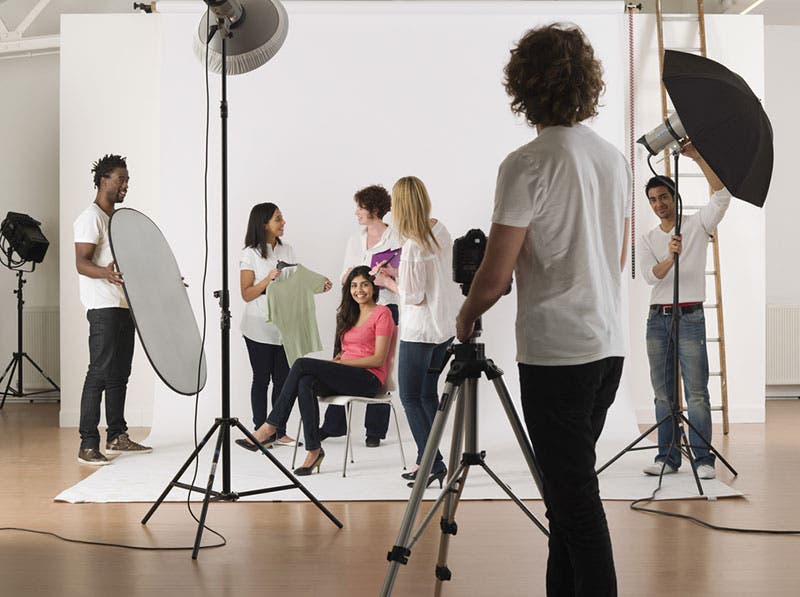
7. Attend a workshop
There’s a lot that you can learn from photography workshops or tutorials, even if you don’t have a camera or are not all that interested in getting into amateur photography. Workshops teach you everything from camera settings, framing rules, to more advanced lessons like professional lighting and photo editing. And aside from getting into the nitty gritty of it all, it gives you a whole new perspective on taking pictures and what really makes a photo visually appealing. It’s really the best option for getting a proper and comprehensive education in photography.
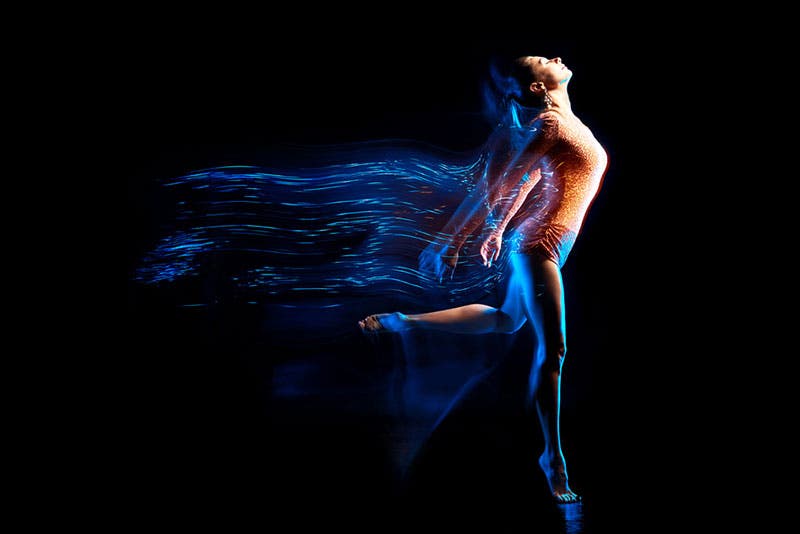
8. Learn how to “read” light
One of the most crucial factors that can make or break a photo is light. Therefore, it’s important that a photographer learns how to use it to his or her advantage. You can make do with ambient light—like diffused sunlight or any existing indoor lighting—to capture well-exposed images, but learning to position your subject or added light sources can give your photos a different touch and feel.
When you’re just starting out and don’t have access to light modifiers (studio lights) and small flashes yet, it helps when you can “read” the direction of light and manipulate it using props such as reflectors and DIY light filters to manually create beautiful highlights, shadows, and silhouettes within a scene.
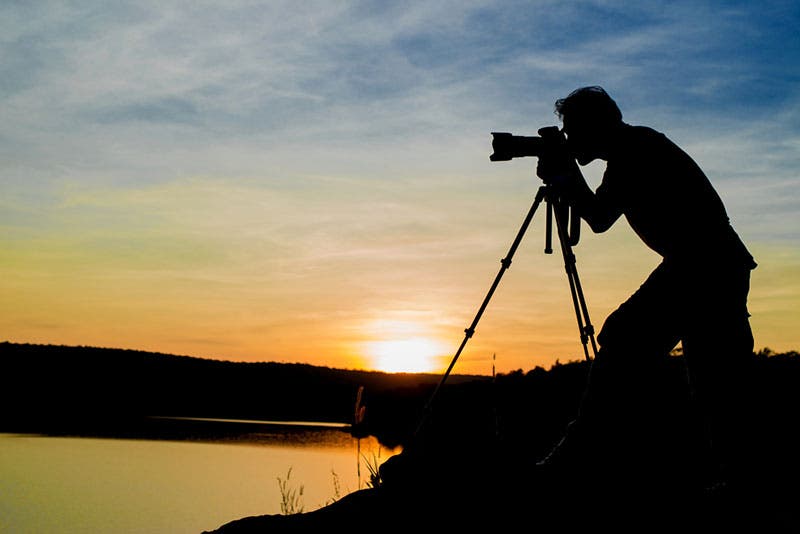
9. Get active
Experience really is the best teacher. You can study and tinker with your camera settings all you want, but the only way that you’ll really learn photography is to bring your camera everywhere and make time for shooting. After all, what better way to practice and apply what you’ve learned than by actually going out there and taking pictures? You’ll be surprised by how much you’ll discover about your camera and your own artistic capabilities when you decide to have your camera within reach during your free time and organize shooting activities with fellow photographer friends.
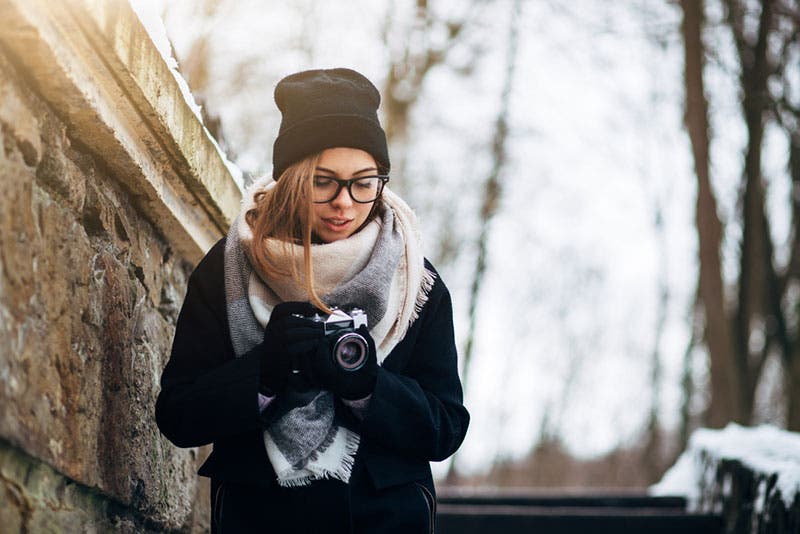
10. Take your time
Like with any hobby or profession, learning and growth takes time. Rushing to become a pro will not only put unnecessary pressure on you as an amateur shooter but will also keep you from enjoying what you do. Don’t force yourself to be like other more advanced shooters or purchase expensive gear that you won’t be able to utilize anytime soon.
Slow your progress and take the time to learn all that you can, experiment, and maybe even discover your signature style of shooting before going big or asking for talent fees.
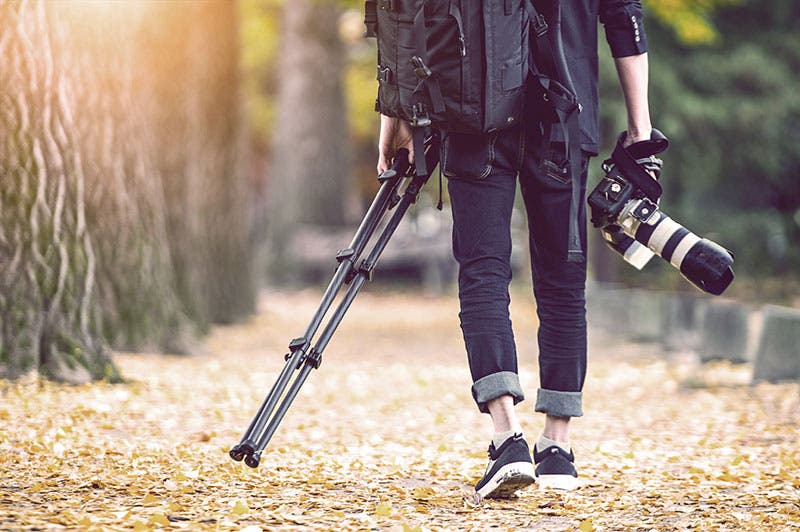
11. Expand your gear
After getting the hang of shooting even with your camera on full manual mode, you’ll eventually want to level up and improve the quality of your photos. If you’re particularly into adding better focus on your subject and improving the quality of your background blur (or bokeh), you may want to get your hands on wide aperture lenses. Aside from additional lenses, you may want to purchase external flashes for those instances when there’s just not enough ambient light; a handy tripod for more convenient shooting at slower shutter speeds; or even a battery grip that allows you to have extra power for prolonged shooting.
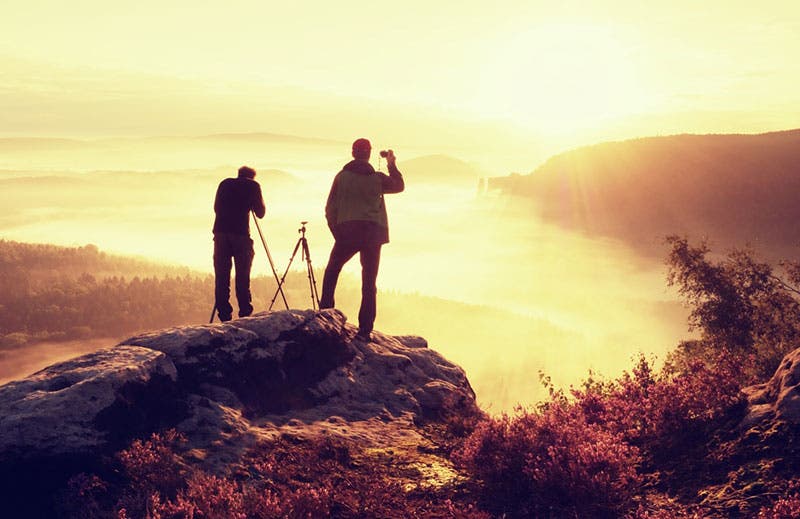
12. Find a mentor
Apart from finding your inspiration, find someone who can inspire you. That person can be a workshop teacher, a friend, or anyone you know who has been doing photography for quite a while. A mentor can teach you camera and photography tricks, give you lots of useful tips, share learning experiences, and answer any questions you may have in order to help you improve your photography. You can even tag along with your mentor, observe their work environment and how they execute their shots, and maybe even assist in doing some second-shooter tasks to help you gain more experience.
Someday, you’ll also have the honor to pass your knowledge on and be a mentor to another amateur photographer.

13. Try a photography challenge
Photography challenges are an excellent way to get out of your comfort zone and try different genres in photography. If you are part of a photography club or participate in online photography forums, you’ll quickly come across a photography challenge. For example, one week the challenge might be to photograph something in black and white. Similarly, another challenge might ask you to only submit a photograph taken with a 50mm — or nifty fifty — lens.
Challenges also help you get out of a “photography creative rut” if you find yourself shooting very similar subject matter or styles. As you expand your horizons, you may discover you enjoy certain types of styles or subjects you might not have otherwise considered.
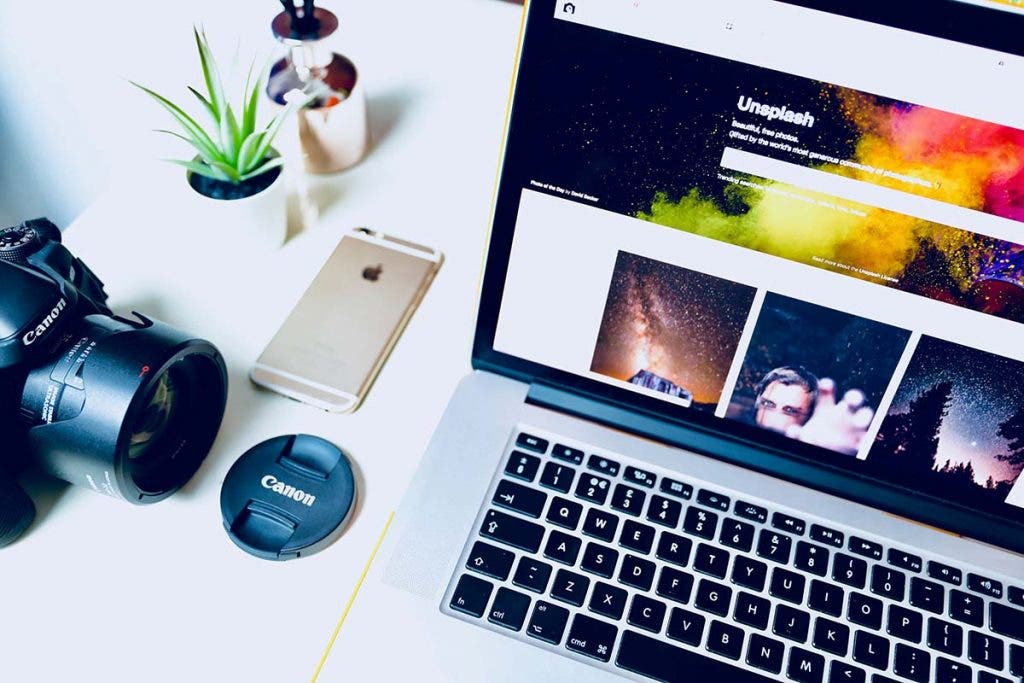
14. Join or take an online course
These days, there are online courses for anything you can possibly think of. Photography is no exception. Online photography courses allow you to learn at your own pace and from the comfort of your own home. Many courses also offer ways to submit your work for photo critiques, which can be one of the most valuable means to improve your photography.
While there are many free classes you can join, including our own Photography 101 series, there are also several excellent paid classes available. Skillshare.com is one place where you’ll find well organized classes taught by established photographers in all fields. Take advantage of their one-month free trial period.
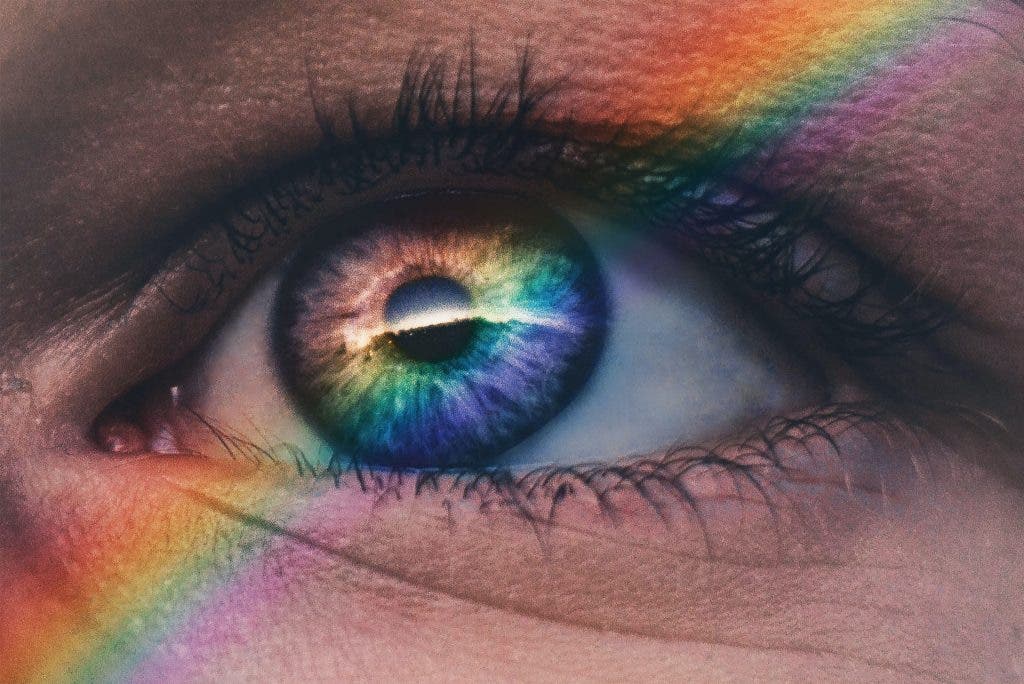
15. Learn photo editing
It has been said that capturing the image is just half the battle. The other half is proper editing. The way you edit an image can completely change its feel or mood. It can take a good image and make it memorable. There are many photo editing styles out there — you just have to find your own. The industry standard editing software is Photoshop. If you’re a beginner, follow our guide on how to Photoshop a photo in a few easy steps.
Editing is an art form in itself, and it might help you to learn some of the more established styles. They will provide a framework on which you can build your own unique vision.
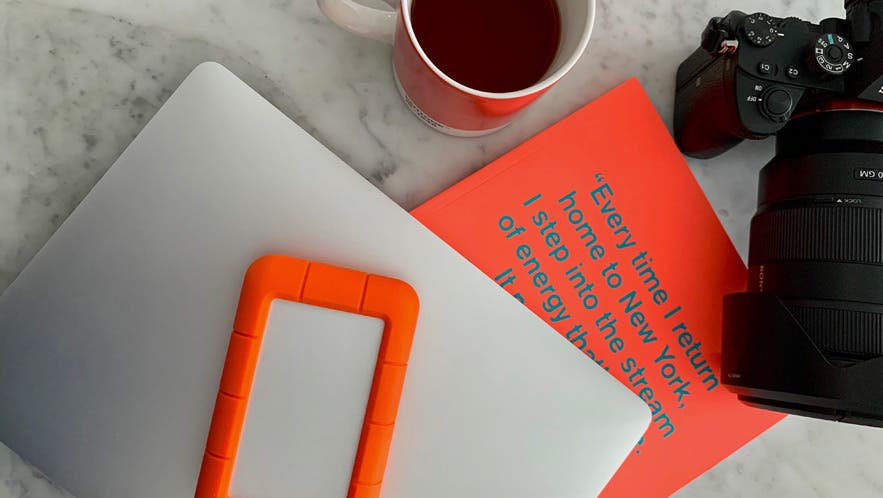
16. Back up and organize your photos
As you establish your style, learn Photoshop, and take lots of lots of pictures, don’t forget to organize and back up your photos. A fundamental aspect to organization is to use key words and separate them in a manner you find helpful (for example, by date). Many software such as Lightroom can use artificial intelligence to organize images by faces and places. Although this is very helpful, establishing your own system is still highly recommended. Make sure you incorporate it into your photography and editing workflow.
Next you need to consider backing up your images. We recommend establishing physical and cloud backups. You should also consider storing physical backups at different venues to protect against theft, fire, and natural disasters.
Beginner Photography Frequently Asked Questions
Can I teach myself to be a photographer?
Absolutely, you can. However, you need proper drive, motivation, and discipline. Photography requires fundamental knowledge of subjects such as exposure, dynamic range, and image noise. You also need to cultivate your artistic side. Yes, you can teach yourself photography, but it might be quicker, easier, and ultimately more rewarding if you do in a classroom or group setting. Above, we’ve provided several sources of education to help you get started. You must remember that there are many components to learning photography, each deserves your attention. You need to consider equipment, composition, editing techniques, and styles, just to name a few.
Is it hard to get into photography?
It will take dedication to learn the art; it will take investment to buy proper equipment; and it will take time to discover and hone your drive/passion. This is true whether you want to be serious hobbyist or a professional photographer. The first step is to just get out there, start shooting and find out what exactly it is about photography that lights a fire in you. Is it the composition; is it the fact it allows you to travel and view the world in a different way; or is it the unique way you can edit the images after they have been captured?
What gear do beginning photographers need?
As a beginner learning about more established photographers, you’re likely to encounter some pretty substantial camera gear lists. Before you feel like you need to run out and invest in Rick Sammon’s full gear collection or stock up on all the new Canon or Nikon lenses, it’s okay to start with the basics.
All you need is a camera with a kit lens or two and a few accessories like batteries, memory cards, and a tripod. As you develop your interests, you can branch out into prime lenses, wide-angle lenses, or macro lenses, so you can master new subjects.
Look for a camera with room for growth as your skills advance. Interchangeable lens cameras like mirrorless models or DSLRs are a great option to future -your kit.
What should every new photographer learn?
No matter what type of photography you want to try out or which camera you own, there are a few basic photography concepts that you’ll want to master.
Start by understanding the exposure triangle and how proper exposure is influenced by aperture, shutter speed, and ISO. Practice adjusting just one camera setting to see how it impacts the others.
The more you master these essentials, the more prepared you’ll be to make your photos look the way you envision them every single time.
Remember, there are many different ways to capture every scene. Be patient with yourself as you experiment with settings, depth of field, and composition.
How do I make money as a photographer?
We’ve explored the many ways you can make money as a photographer. In essence, there are several ways to make a living doing photography. Just as examples, you can sell your images to stock photography sites. You can start a photography blog or YouTube channel. You can also sell your prints or do freelance photography work for magazines or newspapers. These are just a few methods, some more difficult than others.
Full-time photographers usually earn somewhere between $30,000 and $75,000, but some also make a lot more. Many photographers prefer to transition into photography part-time, first determining if it will be financially sustainable as a career and then later making the leap to full-time. Hopefully the above tips have shown you how to get into photography as a serious hobby or profession.
Final words about getting into photography
Photography is a popular art form for a reason. Whether you want to explore photography as a means of self expression, as a way to capture important travel memories, or as an escape from the hustle and bustle of your day-to-day life, picking up a camera and practicing is the only way to start.
Try not to feel discouraged if a concept or technique doesn’t come easily to you, or if you need to repeatedly reference your notes or helpful educational articles. Focus not on the end goal of the photograph, but on the joy of holding a camera in your hands and finding beauty and interest in the world around you.
The more you practice, the easier photography and its many nuances will become.
Once you get started with photography, there are many ways to elevate your craft. Take your time, find your style, and you’ll be expanding and learning in no time.
Feature image via Shutterstock
